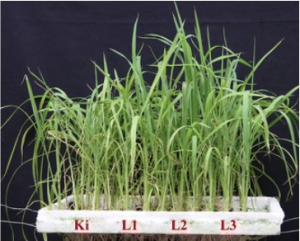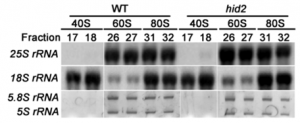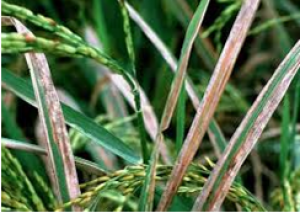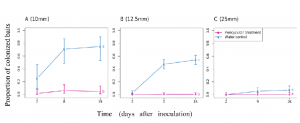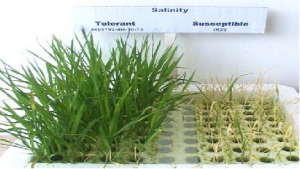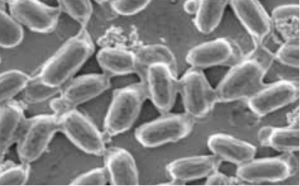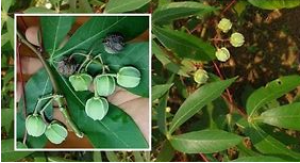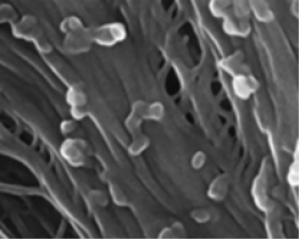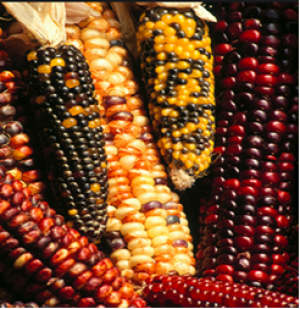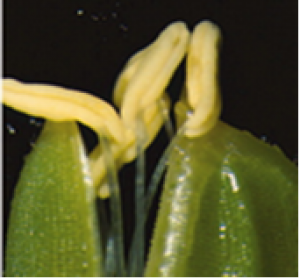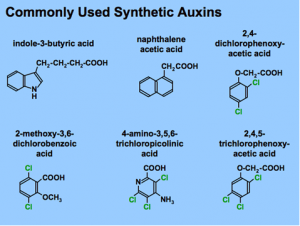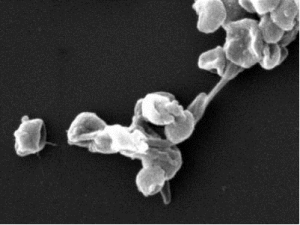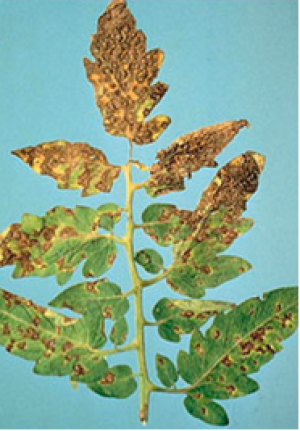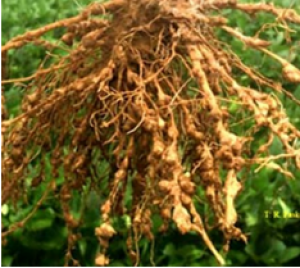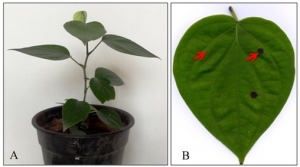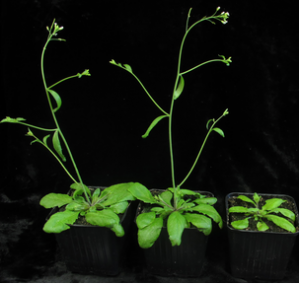|
Resistance to ketolide antibiotics by coordinated expression of rRNA methyltransferases in a bacterial producer of natural ketolides
Tuesday, 2015/10/27 | 07:47:38
|
|
Mashal M. Almutairi, Sung Ryeol Park, Simon Rose, Douglas A. Hansen, Nora Vázquez-Laslop, Stephen Douthwaite, David H. Sherman, and Alexander S. Mankin SignificanceStudies of antibiotic resistance are usually initiated in earnest only after resistance has become established in clinical pathogens. Here, we forewarn of a resistance mechanism to the novel antibiotics ketolides, which are only coming into broad medical practice. We show that the balanced activities and coordinated expression of two genes, pikR1 and pikR2, provide efficient protection to Streptomyces venezuelae, a bacterial producer of natural ketolides. Expression of the more potent gene, pikR2, is supported by pikR1 and specifically induced by ketolides. The resistance mechanism remains fully functional when pikR1 and pikR2 are transferred to other bacterial species and affords protection against clinical ketolides. These findings emphasize the need for the preemptive development of antibiotics that can overcome this resistance mechanism. AbstractKetolides are promising new antimicrobials effective against a broad range of Gram-positive pathogens, in part because of the low propensity of these drugs to trigger the expression of resistance genes. A natural ketolide pikromycin and a related compound methymycin are produced by Streptomyces venezuelae strain ATCC 15439. The producer avoids the inhibitory effects of its own antibiotics by expressing two paralogous rRNA methylase genes pikR1 and pikR2 with seemingly redundant functions. We show here that the PikR1 and PikR2 enzymes mono- and dimethylate, respectively, the N6 amino group in 23S rRNA nucleotide A2058. PikR1 monomethylase is constitutively expressed; it confers low resistance at low fitness cost and is required for ketolide-induced activation of pikR2 to attain high-level resistance. The regulatory mechanism controlling pikR2 expression has been evolutionary optimized for preferential activation by ketolide antibiotics. The resistance genes and the induction mechanism remain fully functional when transferred to heterologous bacterial hosts. The anticipated wide use of ketolide antibiotics could promote horizontal transfer of these highly efficient resistance genes to pathogens. Taken together, these findings emphasized the need for surveillance of pikR1/pikR2-based bacterial resistance and the preemptive development of drugs that can remain effective against the ketolide-specific resistance mechanism.
See: http://www.pnas.org/content/112/42/12956.abstract.html?etoc PNAS October 23, 2015; vol. 112 no. 42: 12956–12961
Fig. 2. PikR1 and PikR2 RNA methyltransferases target A2058 in the 23S rRNA. (A) Primer extension analysis of m26A modification of rRNA extracted from WT E. coli cells (W; lane 3) or those constitutively expressing pikR1 (R1; lane 2) and pikR2 (R2; lane 1) genes. Sequencing lanes are marked C, U, A, G. Full gels are shown in Fig. S2A. (B) Primer extension analysis of the same samples as in A but carried out under conditions optimized for detection of m6A modification (Materials and Methods). The E. coli ΔrlmJ mutant, which lacks the native m6 modification of A2030 (33), was used as a control (Δ; lane 4). (C and D) MALDI-TOF analysis of the RNaseA-generated 23S rRNA fragment encompassing nucleotide A2058. rRNA samples were prepared from cells expressing (C) PikR1 or (D) PikR2. |
|
|
|
[ Other News ]___________________________________________________
|


 Curently online :
Curently online :
 Total visitors :
Total visitors :
(9).png)
